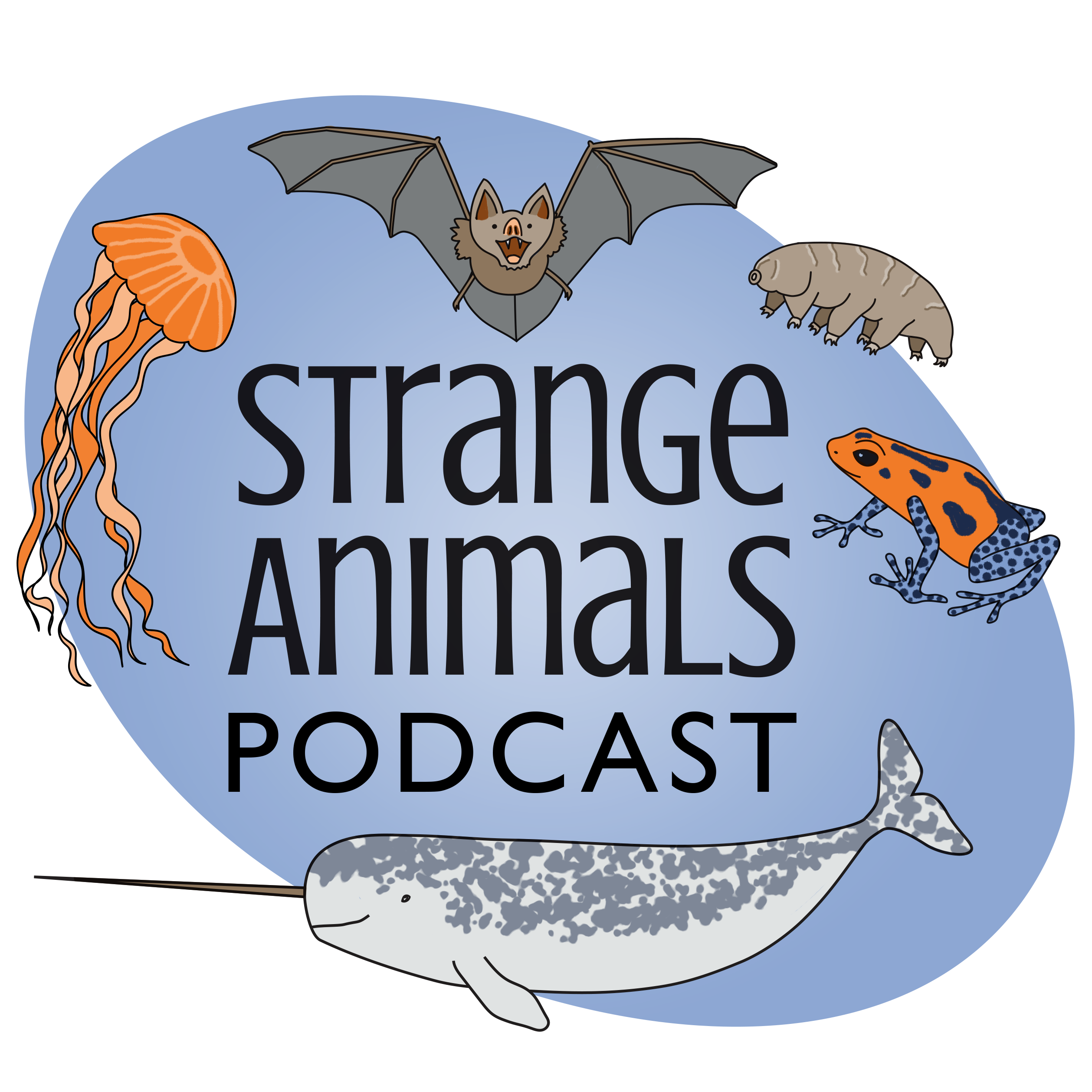Episode 156: Animals of Mongolia

In honor of my new favorite band, The Hu, let's learn about some animals from their country, Mongolia! (You can also watch the "Wolf Totem" video with English lyrics.)\n\nThe Hu. Oh my heart:\n\n\n\nIf you need the podcast's feed URL, it's https://strangeanimalspodcast.blubrry.net/feed/podcast/\n\nA handsome prize-winning domesticated yak and rider (photo taken from this site):\n\n\n\nThe saiga, an antelope with a serious snoot:\n\n\n\nA Bactrian camel (photo by *squints* Brent Huffman, looks like):\n\n\n\nThe taimen, a fish that would swallow you whole if it could:\n\n\n\nFurther watching:\n\nA clip from the TV show Beast Man showing how moist the soil is in parts of the Gobi\n\nShow transcript:\n\nWelcome to Strange Animals Podcast. I\u2019m your host, Kate Shaw.\n\nRecently, podcaster Moxie recommended a band she liked on her excellent podcast Your Brain on Facts. The band is called The Hu, spelled H-U, and she mentioned they were from Mongolia. I checked the band out and FELL IN LOVE WITH THEM OH MY GOSH, so not only have I been recommending them to everyone, I also want to learn more about their country. So let\u2019s learn about some interesting animals from Mongolia.\n\nBut first, a quick note. About six months ago I had to migrate the site to an actual podcasting host, since I\u2019d run out of memory on my own site. Well, there doesn\u2019t seem to be any point to keep the old site open anymore since all the podcasting apps I checked appear to have the new feed and everything is on the new website. So in another week or two, the old site will close. If you suddenly stop receiving new episodes, please email me at strangeanimalspodcast@gmail.com and let me know what app you use for podcast listening, so I can get it updated. In the meantime, if your app gives you the option of entering a podcast feed manually, I\u2019ve made a new page on the website, strangeanimalspodcast.blubrry.net, where you can copy and paste the feed URL. It\u2019s also in the show notes. Feel free to contact me if you have any questions or if something isn\u2019t working. Now, back to Mongolia and its animals.\n\nMongolia is located in Asia, north of China and south of Russia, with the Gobi Desert to the south and various mountain ranges to the north and west. You actually probably know some Mongolian history without realizing it. You\u2019ve heard of the Great Wall of China, right? Well, it was built to keep out the Mongols, who would ride their horses into China and raid villages. Genghis Khan was the most famous Mongol in history, a fearsome warrior who conquered most of Eurasia in the early 13th century.\n\nWhile you\u2019re thinking about that, here\u2019s a short clip of my favorite Hu song, called \u201cWolf Totem.\u201d There\u2019s a link in the show notes if you want to watch the official video.\n\nOh my gosh I love that song.\n\nAnyway, Mongolia has short summers but long, bitterly cold winters. Many people are still nomadic, a traditional culture that\u2019s horse-based. A lot of Mongolia is grassland referred to as the steppes, which isn\u2019t very good for farming, but which is great for horses. Domesticated animals include horses, goats, and a bovid called the yak. Let\u2019s start with that one.\n\nThe yak is closely related to both domestic cattle and to bison, and is a common domesticated animal in much of Asia. The wild yak is native to the Himalaya Mountains in Eurasia. It\u2019s a different species from the domesticated yak and is larger, with a big bull wild yak standing up to 7.2 feet at the shoulder, or 2.2 meters. A big bull domesticated yak is closer to 4 \xbd feet high at the shoulder, or almost 1.4 meters. The wild yak is usually black or brown, but domesticated yaks may be other colors and have white markings. Occasionally a wild yak is born that has golden fur.\n\nBoth male and female yaks have horns, although the males usually have larger horns with a broader spread than the females. The male also has a larger shoulder hump than the female, much like bison, and males are also larger and heavier.